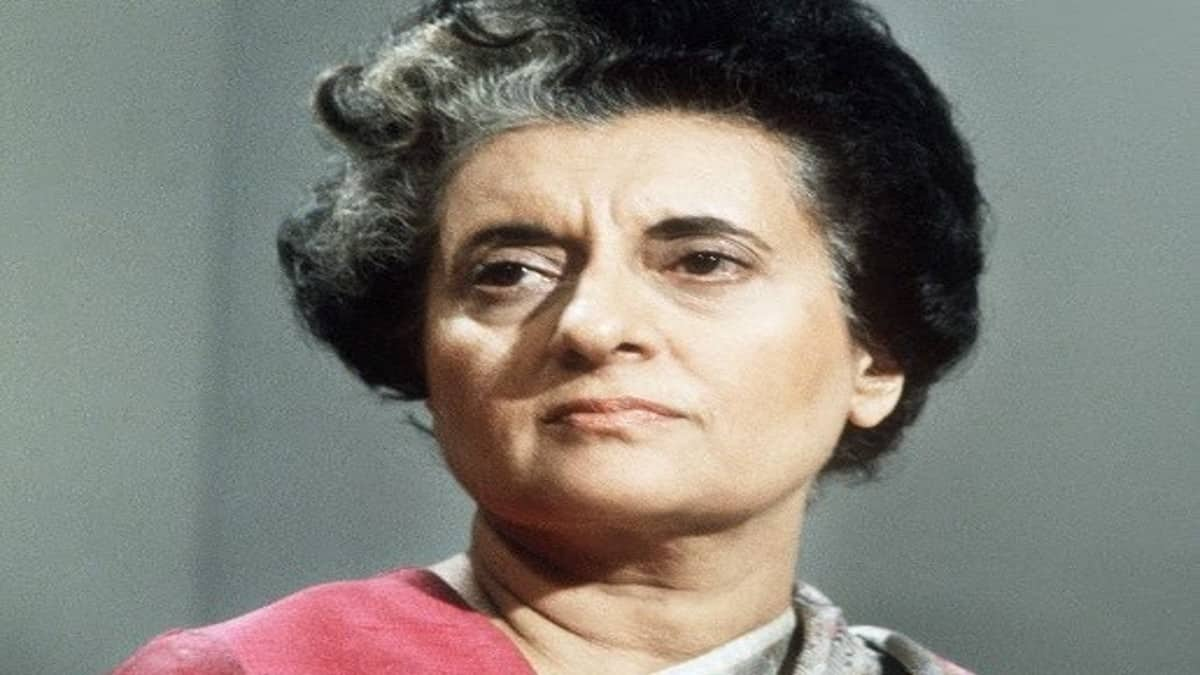
Prime Minister Narendra Modi on Tuesday paid tribute to the former Prime Minister Indira Gandhi on her 107th birth anniversary. Here are five things about the former leader, who had the second-longest stint at the PMO
read more
Prime Minister Narendra Modi paid tribute on Tuesday to the former Prime Minister Indira Gandhi’s 107th birth anniversary. Taking to X, Modi wrote, “Tributes to our former Prime Minister, Smt. Indira Gandhi Ji on her birth anniversary.”
Tributes to our former Prime Minister, Smt. Indira Gandhi Ji on her birth anniversary.
— Narendra Modi (@narendramodi) November 19, 2024
Indira Gandhi served as India’s prime minister for over 15 years between 1966 and 1984. She is remembered for her leadership during critical moments in India’s history — particularly for her role in the Liberation War of Bangladesh in 1971.
Here are five key things about Indira Gandhi
-
The first and only woman Prime Minister of India: Born on November 19, 1917, Indira Gandhi remains the first and only woman Prime Minister of India. She held the office from 1966 to 1977 and then again from 1980 until her assassination in 1984. She served as the prime minister for a total of 15 years and 350 days — the second-longest by an Indian prime minister after Jawaharlal Nehru, her father and India’s first prime minister, who served in the role for 17 years.
-
Child freedom fighter: Gandhi actively participated in the freedom struggle. During her childhood days, he established the “Bal Charkha Sangh” in 1930 and “Vanar Sena”, a group of children, who helped the Indian National Congress during the Non-Cooperation Movement launched by Mahatma Gandhi. In 1942, she was imprisoned during the Quit India Movement launched by Mahatma Gandhi. In 1947, she worked in the riot-affected areas of Delhi.
-
Institutional associations: Gandhi was associated with a lot of institutions and organisations during her lifetime including the Jawaharlal Nehru University, Kamala Nehru Memorial Hospital, Kasturba Gandhi Memorial Trust, Gandhi Smarak Nidhi, Bal Bhavan Board, Sangeet Natak Academy and more. She was also a member of the Delhi University Court, the Indian delegation to Unesco (1960-64), the executive board of Unesco (1960-64), and the National Defence Council (1962).
-
Awards and recognition: Gandhi was a towering figure in Indian politics. She was conferred Bharat Ratna in 1972, the Mexican Award for Liberation of Bangladesh in 1972, Second Annual Media, FAO in 1973, and Sahitya Vanchaspati (Hindi) in 1976. A special Gallup poll conducted in the US in 1971 showed her as the most admired person in the world.
-
Publications: Gandhi had an array of publications under her name. Her famous publications included “The Years of Challenge” (1966-69), “The Years of Endeavour” (1969-72), “India”, London in 1975 and “Inde” (Lausanne) in 1979 among others.
Indira Gandhi’s legacy remains an integral part of India’s history. From her impactful leadership during crises to her transformative role in shaping India’s political, social, and economic structures, she continues to be remembered as a formidable figure in Indian politics. She was succeeded by her son Rajiv Gandhi as India’s prime minister.
While Indira Gandhi is fondly remembered for her various achievements, her role in imposing National Emergency in 1975 and subsequent suppression of fundamental rights of the people remains a hotly debated aspect of her politics. Prime Minister Modi’s tribute on Tuesday reflected the enduring respect for her role in nation-building and her lasting impact on the Indian subcontinent and the world.


